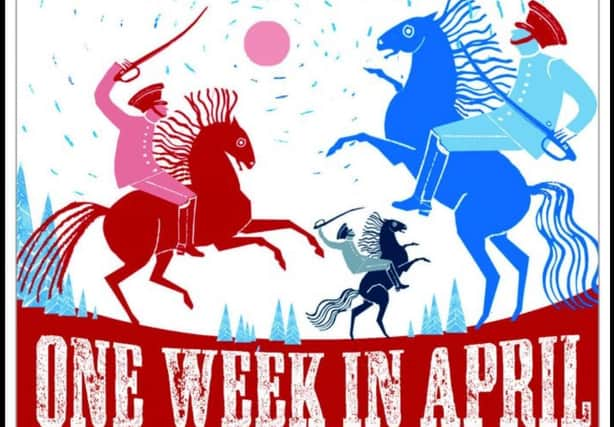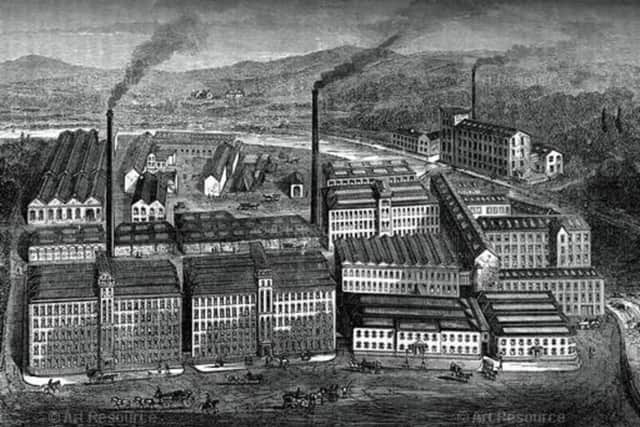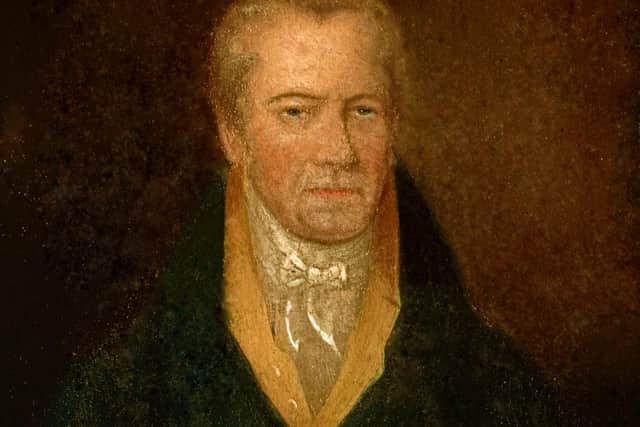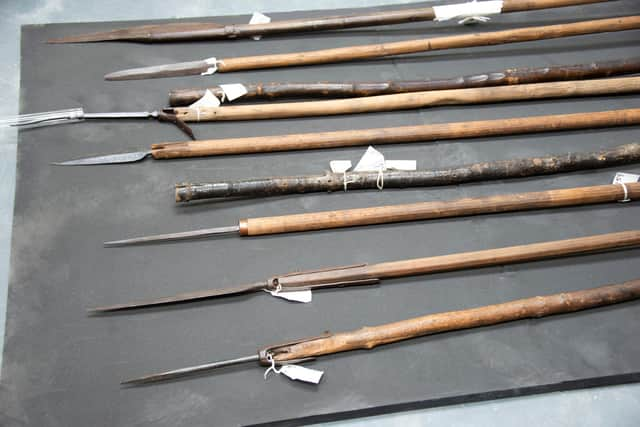Scotland's Radical Rising started 200 years ago today - and ended in strikes, execution and transportation


In April 1820, towns across the Central Belt became hotbeds of protest and anti-establishment feeling as living standards sharply declined and call for reforms went unnoticed.
Violence and confrontation followed as workers downed tools in a demand for better pay, better conditions and better government.


Advertisement
Hide AdAdvertisement
Hide AdMakeshift arms were deployed by ordinary men, such as weavers, spinners, colliers and labourers, with clashes breaking out as the radicals met with the yeomanry on the streets.
The price was high. Three main figures in the week-long action were executed in Stirling with 19 more transported to Australia for treason.
Author Maggie Craig, has written One Week in April: The Scottish Radical Rising of 1820 to tell the story of those who rose up for better political representation 200 years ago.


She said the rising was a sensational event and, although reported across the British Isles at the time, generally remained little known in Scotland today.
Ms Craig said: “When I realized a couple of years ago that the bicentenary of the Radical Rising was coming up, I knew it was an opportunity I didn’t want to miss.
“I’ve spent almost two years researching the facts, visiting the relevant sites and writing the book.
“It’s been an emotional experience. I’m full of admiration for the bravery shown by so many of the radicals and hope my book will help make their stories more widely known.


“Scots and democrats of all nations can be very proud of these men and women, who risked their lives and livelihoods to pave the way that eventually led to universal suffrage and democracy for all.”
Advertisement
Hide AdAdvertisement
Hide AdOn April 2, 1820, the rising was ignited when a placard – titled the Address to the Inhabitants of Great Britain and Ireland – was posted widely on gates, wells, and gable-ends across Central Scotland and Ayrshire in the early hours of that Sunday morning.
With assembly of people and freedom of speech limited under new laws, it called for workers to desist until their rights as free men were reinstated.
The action came in the shadows of the Peterloo Massacre in Manchester, when 18 workers were killed and up to 700 injured when cavalry charged into a mass of unarmed civilians who gathered in their thousands to hear calls for parliamentary reform.
By then, limits on food and grain imports were pushing up food prices and forcing working people into a deep struggle to get by.
In Scotland, weavers and other artisans in the Central Belt were toiling against a great influx of labour and a crash in pay exacerbated by the Napoleonic Wars.
After Peterloo, radicals were holding secret meetings in counties from Ayrshire to Lanarkshire and Renfrewshire.
Within a day of the placard being nailed up through the industrial heartlands, an estimated 60,000 workers were on strike.
Hundreds armed themselves with homemade weapons – often pikes - with scores marching from their homes with demands for change.
Advertisement
Hide AdAdvertisement
Hide AdOn April 4, a group set out from Glasgow under Andrew Hardie to occupy the Carron Ironworks near Falkirk with the group gathering support from John Baird and others at Condorrat.
As the men advanced, they encountered the Stirlingshire Yeomanry in an encounter now known as the Battle of Bonnymuir. It is said they were driven towards the battle spot by a government spy with the radicals walking into the line of the waiting cavalry.
Following a fierce outlay of violence, 18 men were captured at Bonnymuir including the ringleaders leaders, Hardie and Baird.
They were executed, hung and beheaded outside the Court House in Stirling later that year along with associate James Wilson, whose hanging attracted a crowed of 20,000 people.
Nineteen radicals were sent to Australia, convicted of high treason with seven sentenced to transportation for life.
They were ultimately removed from the Scottish society they tried to improve, but today attempts are being made to remember them here once again.
One Week in April, The Scottish Radical Rising of 1820, published by Birlinn Books, is available now.
